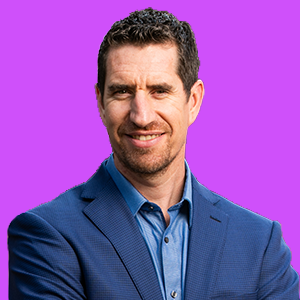I’m going to walk you through the OwlHub Coaching Process Model so that you can grasp how great coaching works.
And so, this is all derived from my doctoral dissertation research and there were two different parts.
Part one was how do great coaches go about moving through actual coaching interactions so that they end up getting great results at the end?
Part two was about “Are there styles that coaches use? And if so, what are they?”
And so, I’ll walk you through this whole process right now.
The OwlHub Coaching Process Model Overview:
First and foremost, coaches, regardless of whether you’re a leader who’s coaching, you’re a professional coach, or somebody who has interactions that you want to be more coach-like, you are going to bring aspects of you called (Coach) Attributes to the Coaching Interaction.
The (Coach) Attributes are things like your personality, demographic information that may shape your perspective in the world. It can be your experience, it can be training, if you’ve gotten training and coaching, and a whole host of other things. So, you bring that to the Coaching Interaction.
And we’re going to dive more deeply into that here in a moment. That Coaching Interaction then helps to form the basis of the Relationship. The more interactions you have, the more the Relationship grows and develops, that Relationship set, or quality ends up yielding various Outcomes.
Now, in addition to these factors, the thing that’s not yet accounted for is who you’re coaching – the Coachee Attributes. The Coachee Attributes, the things that they bring to the conversation:
- If they have only a few years of experience versus 30 years of experience, you’re going to coach them differently.
- If they have a certain personality set, you’re probably going to adjust your coaching hopefully. Based on who they are, their demographics might influence or inform how you go about that interaction. And so that affects not only the (Coaching) Interaction, but also the Relationship.
- If you grew up in the same town, let’s say that’s going to affect the Relationship itself, the Relationship then feeds back into affecting that interaction, right? Certain deep levels of trust may have you have different conversations. Whereas, if you’re just getting to know each other, that quality may affect the interactions that you have.
Also, the Outcomes that they’ve already gotten, partly affects what you’re going to work on, or what you’re going to talk about.
Coach Attributes – Digging in
Now, let’s dig more deeply into this, particularly a little bit on the Coach Attributes themselves. So, you’ve probably heard of personality assessments. You’ve probably taken them. This could be DiSC, Myers Briggs, Insights, Enneagram, or a whole slew of other things.
There are over 2100 commercially available assessments today, for judging your personality.
Out of my research, I created the first-ever Coaching Styles Assessment because Coaching Styles live in the (Coaching) Interaction itself. Not a lot of research was done in this in this area.
The rest of the model was actually complemented by a lot of empirical research proven relationships that started to exist. And I found them in my research as well.
But what happened was, I didn’t find a lot of information about the interaction. And so I went hunting for, “Are there styles that affect how we interact and organize those interactions, that we end up getting great results at the end?”
The Coaching Interaction – A deeper dive
We’re going to double click into that. So, here’s the model. To walk you into this, the presence… So that we’ll just start off the Coach Attributes come in and the Coachee Attributes come in. So in a way, the coach ideally shows up with a certain amount of presence, holding space, as many in the research called it when I was doing these interviews. That presence were also present to the context as well. So that they are “with the coachee” is what the context was.
Let’s say in an organization, maybe the Context of the Relationship itself are the Context of the Outcomes they’ve gotten. So, there’s a lot of context that goes into how a coach shows up, and the presence that they bring.
So that’s presence with context that then affects or influences the (Coaching) Style choice, the Directness Level, and the Technique.
Then, based on what the person said, along with all the rest of the context, you’ll end up making a different choice. So I’ll give you an example: You might start off the coaching session by saying maybe an explorer question that’s direct. “What would you like to get coached on today?” Whatever they say they’re going to have that Coachee Response/Reaction.
You’re then going to add that to the content. Next, and then say next thing.
So they say, “Well, I really want to work on performing better at work.”
And you say, “Okay, great.” So maybe Rallier indirect or maybe an open-ended question.
So say, “What might be a goal that you have that would be worth pursuing for you?”
Based on that response, it loops back around. All along the way, 16 out of the 16 interviewees said that…that intuition played a major role in not only what they said, but how they said it, which ends up being these vertical lines here.
So, this model, if we look at it, it makes sense in terms of every time something is said.
The coachee responds and you loop that back. You add it to being present with them with the interaction with the context of what’s just been said, along with everything else.
And then you make your next choice.
This loop happens, every single question you ask, every statement that you make. All of it is looped in here.
The OwlHub Coaching Process Model – The How of Great Coaching
And for this, people have said, “Hey, this is a model that actually is how I go about coaching – people who have certified at the International Coach Federation at the master certified level. A whole host of other people who said, “Yes, this is exactly how I coach!”
Now, here’s what’s really interesting. Every single aspect of this model is supported by 71 lines by the International Coach Federation that they said, “This is what goes into great coaching.”
They didn’t say how, they said, what. What is it that great coaching looks like, but not necessarily how to do it.
The first time ever, we have the how. There’s been some research on techniques, “Hey, do you use open ended questions rather than closed ended questions?” “Hey, ask them more and do more listening than actually saying what it is that you think they should do – you’re giving advice or what not. So, there’s been some techniques, call it research, into that.
What there hadn’t been research into was really the Styles and the Level of Directness and how Intuition plays. In fact, there was some around presence, but that’s also a little difficult to explain.
So, the RESPECT Coaching Styles Assessment is where we fit in and look at the infusion of each question having a (RESPECT) Style behind it.
But knowing this process, we can deepen into not only how we show up as coaches, but we also can deepen into all the things that the International Coach Federation has said, “Hey, these are the competencies, and Core Competence and sub competencies, of great coaching.
I hope this is helpful for you to put together some of the pieces and deepen into your own practices in coaching yourself.

David Morelli, PhD
David is the CEO and co-founder of OwlHub and the creator of the RESPECT Coaching Styles™. He has 25 years of executive coaching and leadership development experience. When he's not inspiring people to grow, you can find him making a fool of himself onstage as an improviser.

